The new Mercedes-Benz EQS will be the world’s most aerodynamically efficient road car yet, according to its maker.
In an announcement ahead of the electric-powered luxury saloon’s planned unveiling on 15 April, Mercedes-Benz said the fourth model from its EQ sub-brand will boast a drag co-efficient “starting at 0.20”.
The benchmark figure, measured in Mercedes-Benz’s state-of-the-art wind tunnel in Sindelfingen, Germany, places the new headlining EQ model ahead of its both its electric-powered and combustion-engine saloon car rivals for outright aerodynamic efficiency.
In January 2021, Telsa claimed a drag co-efficient of 0.208 for the facelifted Model S, bettering the 0.21 of the Lucid Air.
It also establishes the EQS as the most aerodynamically efficient Mercedes-Benz road car yet ahead of the A-Class saloon and seventh-generation S-Class, both rated at 0.22.
The 0.20 figure was achieved in combination with 19in AMG wheels and with the Sport driving mode, says Mercedes-Benz.
The EQS is the first model to be based on Mercedes-Benz’s EVA platform, which is also planned to underpin the upcoming EQE saloon, EQE SUV and EQS SUV, among other upcoming models.
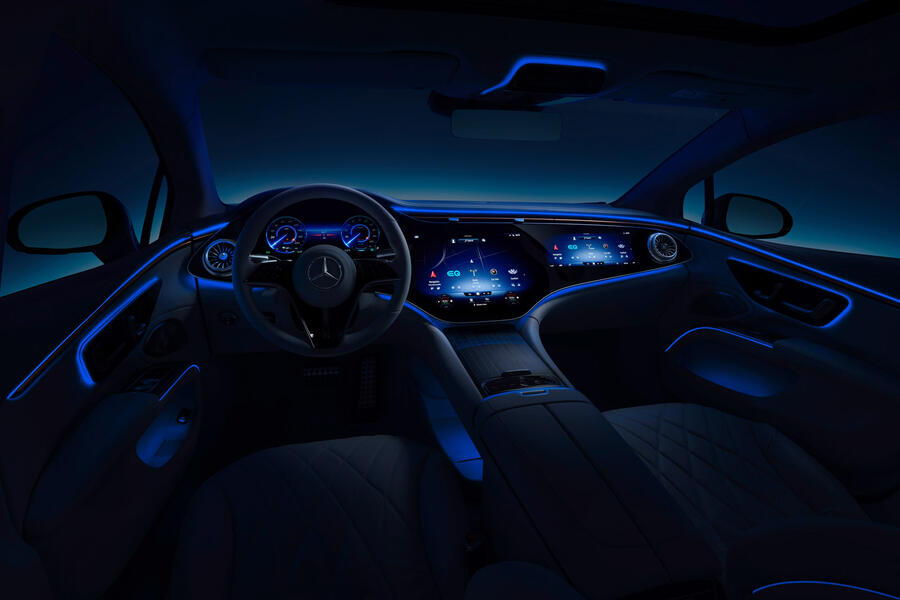
The new platform uses a skateboard-style architecture that has allowed Mercedes-Benz to provide the upmarket saloon with its own distinctive cab-forward proportions, with the A-pillars set well forward, a shorter bonnet and boot than the latest S-Class and a heavily curved roofline – the so-called 'one bow' design lineage as Mercedes-Benz describes it – to give it a coupé-like profile with short overhangs.
The new Mercedes-Benz model adopts a smooth-surfaced design devoid of body creases. A key element used to achieve the record-breaking aerodynamic figure is an uncharacteristically low front end featuring a fully enclosed black panel grille, as previewed on the EQS concept car revealed in 2019.
The front corners are also heavily tapered to reduce the frontal area, while the cooling ducts have air shutters that open and close, depending on the cooling requirements of the electric driveline and brakes.
The large bonnet of the new 5m-plus saloon wraps around into the flanks, placing its shutlines in a more efficient position for lower drag and less turbulence than the more conventional bonnet of the S-Class.
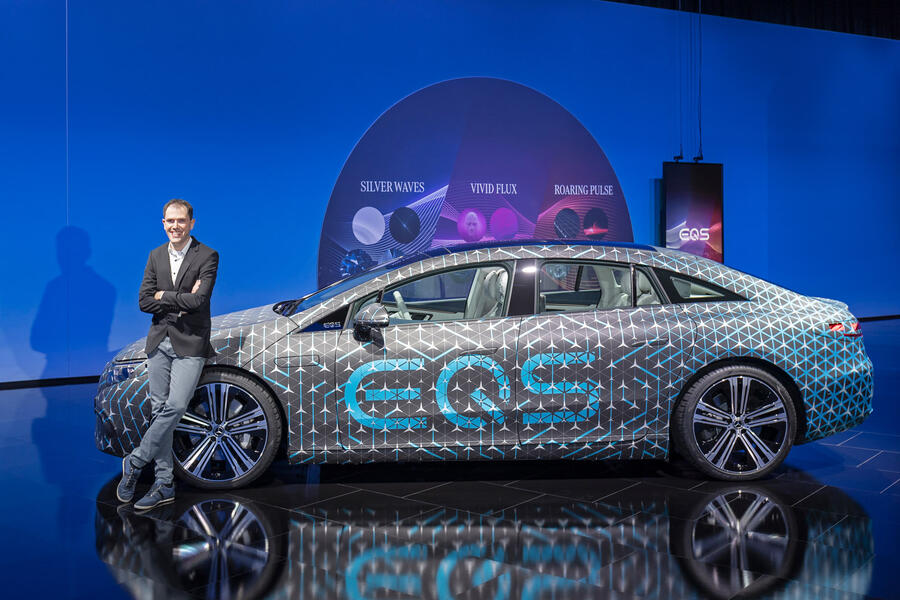














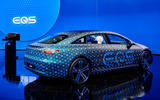
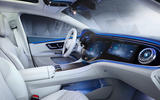
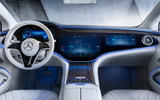

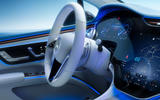
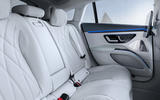





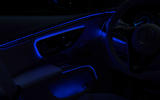

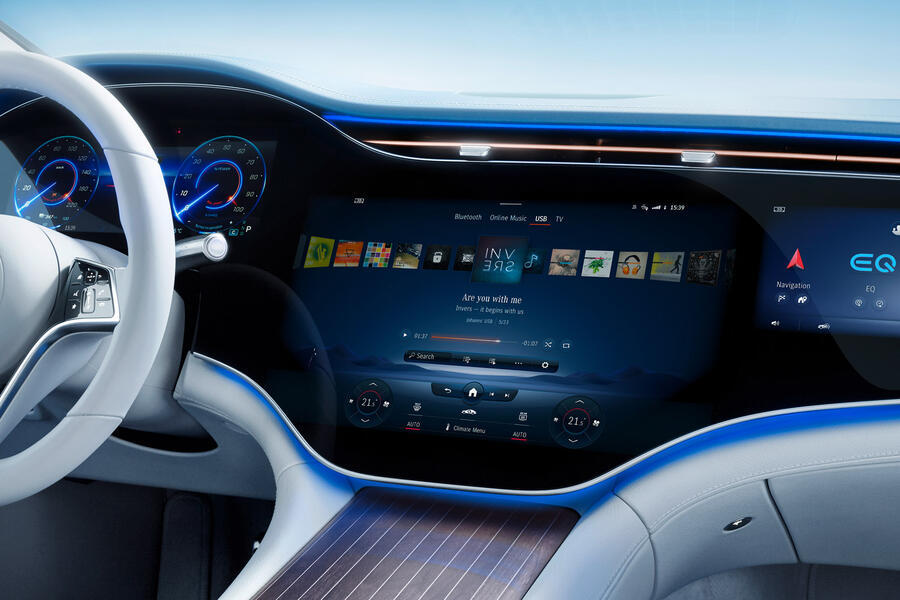

Add your comment